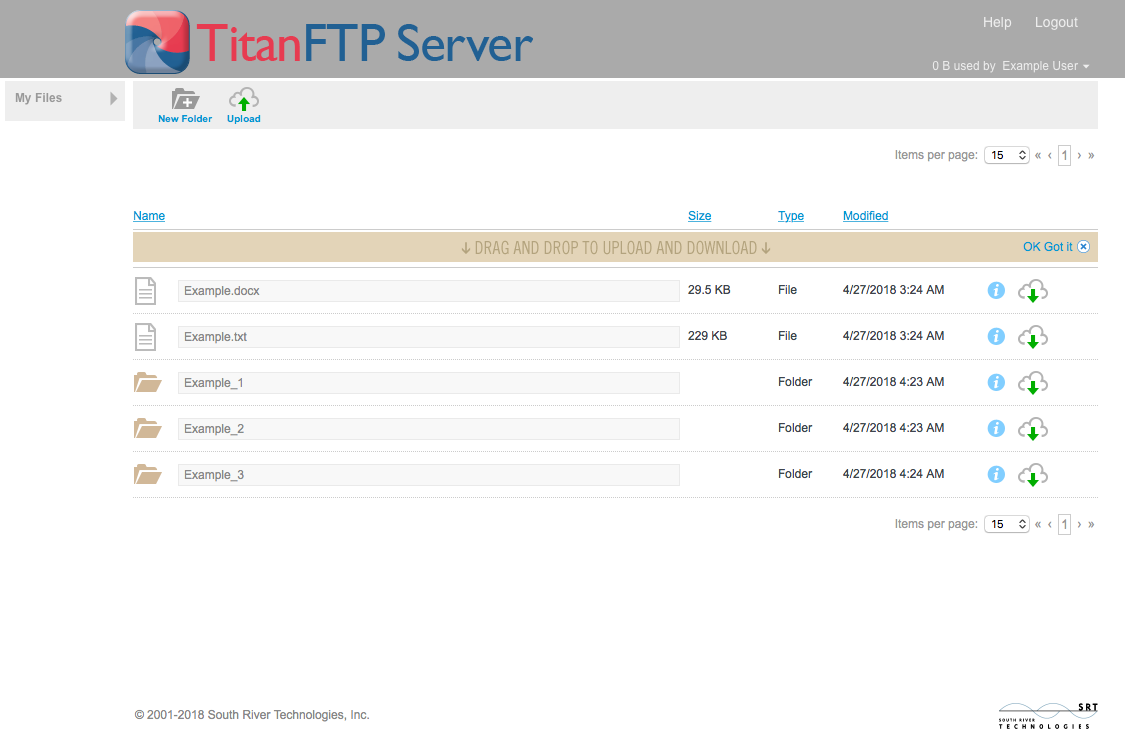 Unless your website is purely recreational, you have undoubtedly invested a great deal of time and possibly money into perfecting your special place on the web. It may be your business calling card, your non-profit’s community organizing hub, or your professional portfolio and resume site. Regardless of the purpose, you want its hosting to be reliable and consistent.
Unless your website is purely recreational, you have undoubtedly invested a great deal of time and possibly money into perfecting your special place on the web. It may be your business calling card, your non-profit’s community organizing hub, or your professional portfolio and resume site. Regardless of the purpose, you want its hosting to be reliable and consistent.
Most web hosts, perhaps even all of them, promise high uptime percentages. No web host will tell you they offer 70 percent uptime. Instead their guarantees are usually in the neighborhood of 99 percent or even 99.9 percent. The only way to really know if the numbers add up is to monitor your site. There are a number of tools that can do this for you, and this list highlights just a portion of them.
1. Your web host’s monitoring tools – Your web hosting provider probably included some monitoring tools in your web-based control panel. This may include bandwidth logs, statistics software, error logs, and even notification systems that alert you of any problems. For monitoring virtual private servers (VPS) and dedicated servers, you may want to consider some server-installed applications that provide detailed information about the running server. An example of such an app is phpSysInfo.
2. Third-party software – There is a multitude of software tools and mobile phone apps to help you monitor your website, such as the Uptrends website monitoring app for Android or the Pingdom iPhone app. These apps notify you whenever there are problems with one or more of the services running on your website’s server.
3. Web services – Some websites offer free monitoring services for your website. These services monitor your web server, mail server, and other important connections to make sure they stay on. If one of them goes down, the services will contact you through email or even text message. SiteUptime and Pingdom are just two of the many services out there.
4. Basic Tools – Most computers come with basic tools you can use to find out general network information about your site. For example, the “traceroute” command can reveal problem spots when you have connection trouble. Others include “ping” and“nslookup”, both of which come with some operating systems. These tools are mostly useful for troubleshooting, but you can also use them periodically just to check your site’s health. If your OS does not have these commands, you can use a web service, such asiptools.com.
5. Professional tools and services – If you are running a dedicated server or have the need for enterprise-level monitoring, you may be able to find more robust tools to monitor your server around the clock and provide detailed information about it. An example of this is Nagios, which is designed to monitor your “entire IT infrastructure”. For smaller businesses these types of tools may be overkill, but those with multiple servers will appreciate the ease with which they can keep track of all of them with one application.
Website monitoring is very important no matter what type of uptime your web host claims to offer. The best web hosting companies will give realistic uptime guarantees and may even provide you with real uptime and service performance statistics. You also should not always assume that downtime is the result of something your host did. It is better to monitor your site even if you are sure your host is 100% reliable. The end result may be the difference between getting a text at 3:00 AM telling you that your website is down and receiving an angry phone call at noon from a client who has not been able to access your site all morning.
Tavis J. Hampton is an author and blogger for TavisOnline.com.









Comments